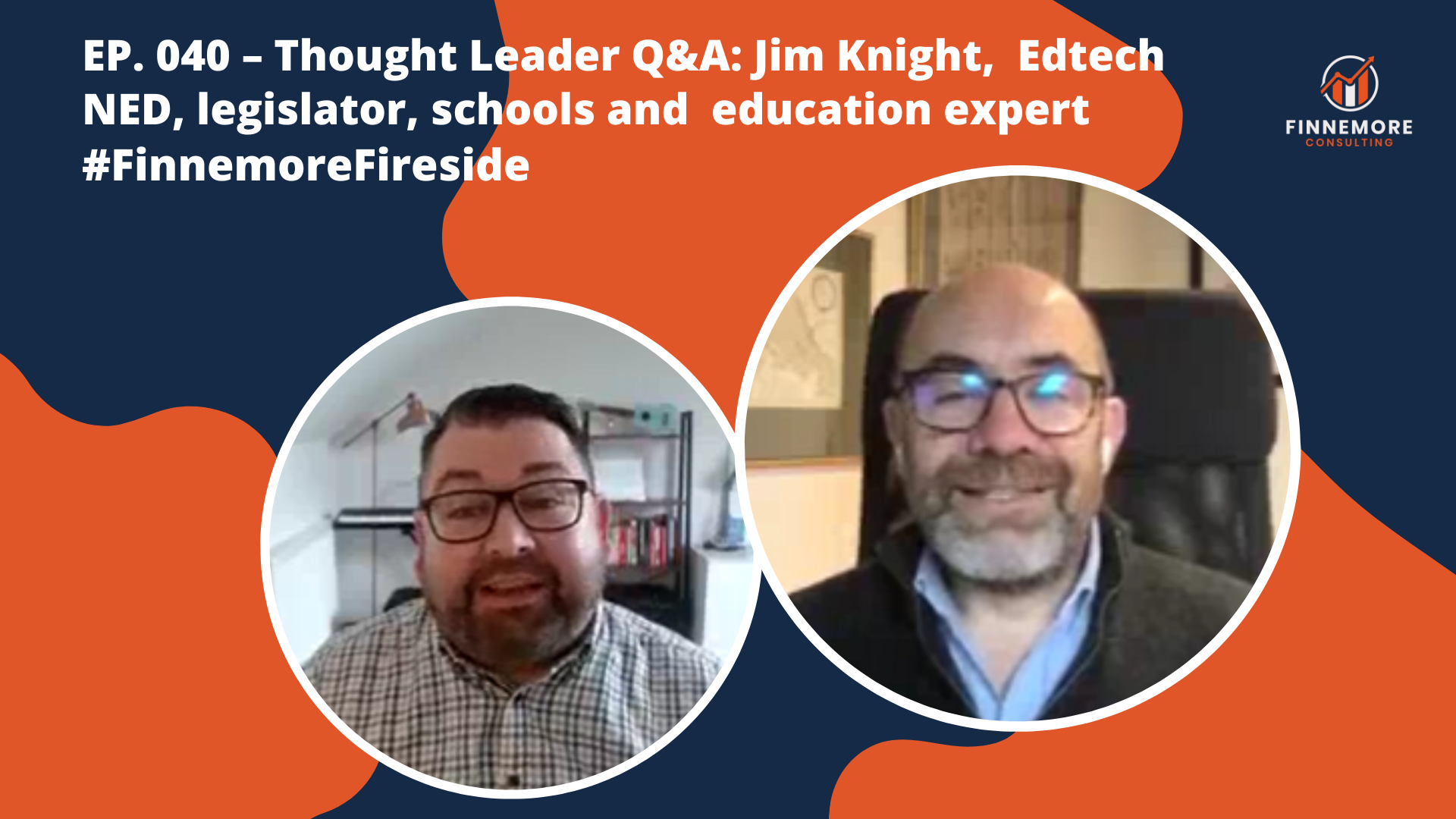According to DfE census data, the past three and a half years have seen an increased trend towards switching MIS amongst schools in England.
The headline story is that SIMS market share has dropped the most, from a huge 77% to a still healthy 60%, and three main challenger MIS have emerged, between them winning 27% of the market: Bromcom and Arbor across all phases, and Scholarpack in primary schools. There are also plenty of other challengers – each of them gaining ground in their own way (I’d recommend checking out Joshua Perry’s Bring More Data blog for details and analysis).
What’s behind this trend and is it set to continue?
The reasons schools choose to move in the first place are varied.
- Many convert to academies and sometimes they join a trust where a different MIS is in use, so they switch as part of the joining process. Other times, they’ll use their change of status to academy as an opportunity to look at the MIS options available to them now that they are no longer under LA control.
- Maintained schools are switching MIS too. For many, the traditional model of them being able to buy into an LA-purchased and supported MIS has disappeared. Councils in England are rarely able to retain budget or mandate solutions, and the largest MIS supplier (ESS SIMS) has taken the decision to ask all their schools to contract with them directly instead of via an LA licence, for a three-year period1. For many, this change in terms prompted a market-testing exercise which led to a new MIS being selected.
- Schools, academies and MATs are increasingly aware of the cost and efficiency gains they can make by switching MIS. Schools are looking to save money on multiple systems and save time on back-office processes, and MATs are looking to centralise more data and operational workflows. This is a huge driver and one that is likely to increase over the next few years.
All these factors are ongoing. Academy conversion continues to happen, and single academies are increasingly joining larger, more established MATs.
SIMS schools who wanted to go to tender for their MIS but felt they didn’t have time to complete a proper procurement exercise resulted in a large group of them seeking legal advice on the matter which is now being investigated by the Competition & Markets Authority (CMA).1
There are countless case studies of schools and academies who will tell you about the huge improvements moving MIS supplier has brought about, almost always accompanied by big cost-savings.
It looks like change is set to continue. The question is: how fast?
How likely are schools to switch MIS supplier in the next 12 months?
In Spring 2021, The Key sent a survey to all primary, secondary, special schools and pupil referral units in England on the subject of MIS which produced some fascinating insights, including (amongst other things):
The Key sent out a similar survey in Spring 2022 so, using these results, we’ve been able to compare how opinions on MIS have changed and gain some insight into what schools might do in the future.
The survey asked schools how likely they were to consider changing supplier in the next 12-months. The results indicate that almost 16% said they were either ‘likely’ or ‘very likely’ to move in the next 12 months which is around the same as last year – if this is a reflection across the whole market then we can expect the trend of switching MIS to continue in the next year or so (you can find the full results plus analysis by supplier in The Key’s blog post “What do schools feel about their MIS?”)

While the distribution of results was broadly similar to 2021, the trend compared to the previous year showed some polarisation towards either end of the scale. More respondents said they were ‘very likely’ to move than last year, but an increased number of respondents said they were ‘very unlikely’ to move too. There could be a few reasons for this:
- A sizeable group of schools have switched MIS recently so the appetite amongst this group for them to switch again will be very low; it usually makes sense to embed a new MIS fully and explore everything it can do before deciding to change again.
- A lot of schools will be in a multi-year contract with their MIS so moving MIS may not be an option they could consider in the short term. (However, some suppliers do give schools the option to switch to them mid-contract without double-paying, e.g. Bromcom and Arbor )
- At the other end of the scale, the increase in appetite amongst schools for moving MIS will likely be for the reasons outlined at the very beginning of this blog: when a new contract is required (be that through the school’s academisation, or an existing contract coming to an end with an LA or supplier) it prompts the need for a fair and rigorous tender process – even if that school, academy or trust is pretty happy with the incumbent supplier. There are a number of frameworks in place to help schools and MATs through this process e.g. G-cloud, Everything ICT, etc.
- Finally, the increase in schools saying that they are very likely to move MIS in the next 12 months could purely be down to the fact that they are not happy with their existing supplier. This could be down to the way it works (or doesn’t work) for them, the support they receive, cost, customer service, or any number of other reasons.
We’ll be exploring what’s important to schools, academies and trusts in future blogs – subscribe to stay up to date.
1At the time of publishing this blog, the CMA has stated that they need further time to investigate and has not yet announced the action they intend to take.












